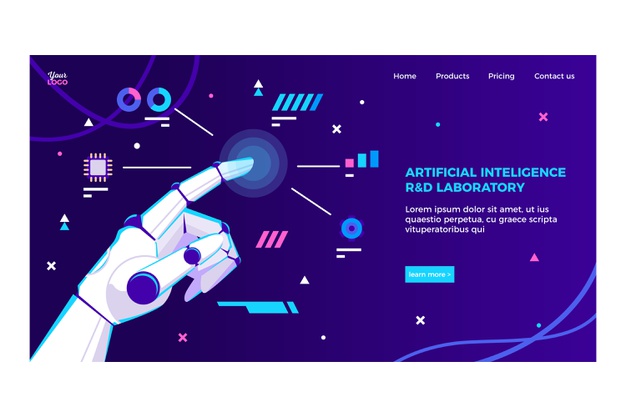Creating the Bridge of Translation between AI Technologists and Business
3AI May 12, 2023

Featured Article:
Author: Abhishek Tandon, Director, Customer Success for Fosfor, LTIMindtree
Like we saw in the previous article “Crossing the AI Adoption Chasm“, there is a big gap in the objective of the technologists driving the AI project and the business user seeking value from it. This gap is causing major adoption issues as both sides are able to defend their stance on the relevance (or lack of) of the solution from their lens. However, just like there are language translators to navigate foreign lands, there is a need for a bridge of translation between the AI project teams and the business teams.
The bridge of translation is what I call the success hierarchy. It is a simple 5 step process which helps understand the requirements in great depth and hence puts business problem correctly in from of the technologists to solve.
Below is how the Success Hierarchy acts as a bridge between the two:
| Business Motivation | Success Hierarchy | AI Approach |
| Problem statement | Why | Why AI to address the problem statement |
| Need / urgency | What | What can AI solve |
| Current Business approach | How | Proposed Solution Approach |
| Time to solve | When | Project Timelines |
| Functional Experts needed | Who | AI Resources Needed |
The change hierarchy is designed to layout exactly what is needed by the business and parallelly establish why an AI solution is needed to solve for it. The biggest mistake made by practitioners today is that they are extremely focused on what the AI technologies can do without really thinking about what is the business need it is going to solve. Hence, they tend to start with the “How” rather than the “Why”.
Business users on the other hand are interested in solving for the “Why”. Therefore, any project irrespective of size or scale needs to start with the Why and end at the Who.
The success hierarchy should not just limited a person or two. There are 3 key roles that need to be mapped to the success hierarchy.
Sponsors: People who are buying the product
Managers: People who are going to manage a team of people who will use the product
Users: People who will actually use the product
The motivation of each of these persona types is completely different. Therefore, if the solution adoption plan is not created keeping in mind the “why – what – how – when” for each of them there will be a serious gap in adoption when the solution is released. Mapping the persona to the change hierarchy will give you a structure that looks something like this:
| Sponsor | Manager | User | |
| Why | |||
| What | |||
| How | |||
| When | |||
| Who |
With this structure in place you will be able to completely capture:
- The needs of each of the personas
- The discrepancy in the expectations of the personas
- The gap between the proposed solution and the needs of the personas
Hence, the change hierarchy across persona will be critical success barometer for any AI solution that is being built.
This structure covers two critical points:
- Participation from all the right levels
- Clarity of outcome across the levels
Point two above in turn ensures that when an adoption program is being created, the right messaging is being applied to the personas depending on the outcome they had enlisted earlier.
Thus, the Change Hierarchy becomes a perfect bridge between the AI project teams and the Business.
Title picture: freepik.com





